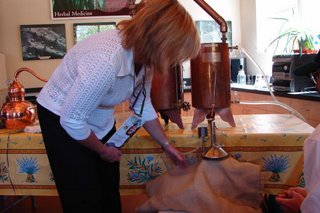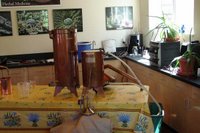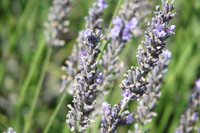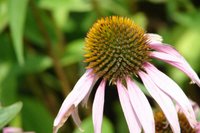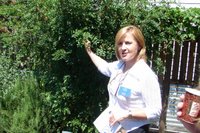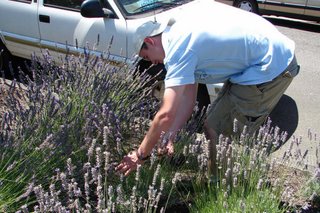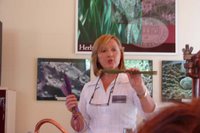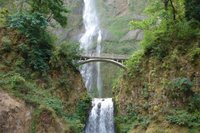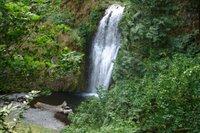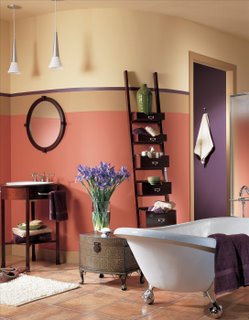
Adding essential oils to base oils is one method of preparing bath and massage oil blends. Essential oils can also be added directly to the bath water.
The quantities given below are for direct addition to the bath. If you blend with base oil, use approximately (depending on the essential oil) 60-drops to 3¼-oz of oil.
If lack of time is a factor in your life, then the direct application into the bath water is an easy, quick alternative.
• Run the bath water first;
• While the bath water is running, prepare everything you need for your bath so that you will be comfortable. Think about music, towels, a head pillow or folded towel, a glass of water or herbal tea, candles, and a do not disturb sign for your bathroom door;
• Add the essential oils only once the bath is full and the water is turned off, just before you are ready to step into the bath;
• Swirl the oils around in the bath with your hands to ensure dispersion; and then
• Enter the bath and soak for around 10 minutes.
If a full bath is not possible, a hand or footbath can be excellent.
Do not be tempted to add more than the stated amounts. Essential oils should never burn or irritate the skin. The heat and water of the bath can enhance absorption, so always err on the side of caution and use less than you think you need to, then add more drop by drop.
You may experience slight tingling with essential oils that contain menthol, such as peppermint, but this disappears quickly once you step out and dry off.
Citrus oils in particular can intensify their action on the skin when mixed with the heat of the bath water. Again, remember to use only the stated amount in the formula. You can study the safe and effective use of essential oils in a series of accredited online holistic aromatherapy programs at achs.edu.
Stimulating Morning Bath
Rosemary Rosmarinus officinalis oil: 5-drops
Peppermint Mentha piperita oil: 2-drops
Nervous Exhaustion Bath
Geranium Pelargonium graveolens oil: 4-drops
Basil Ocimum basilicum oil: 2-drops

